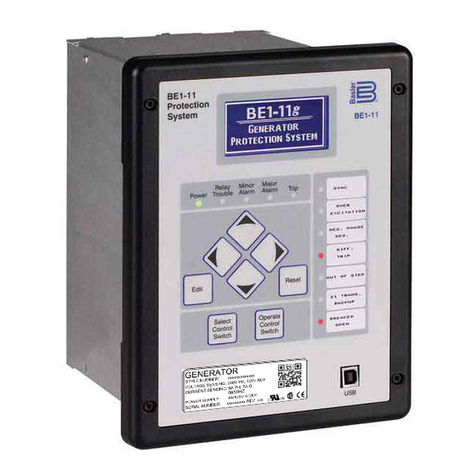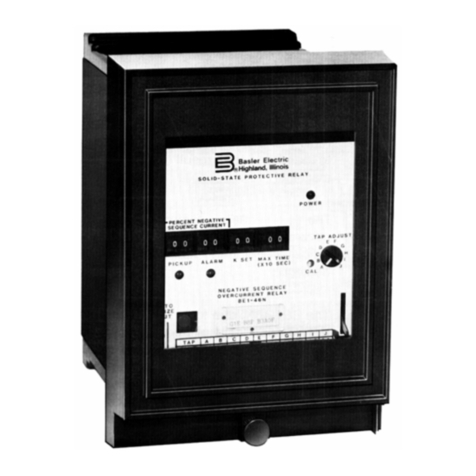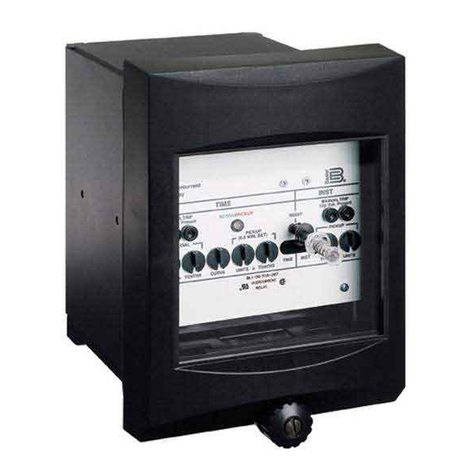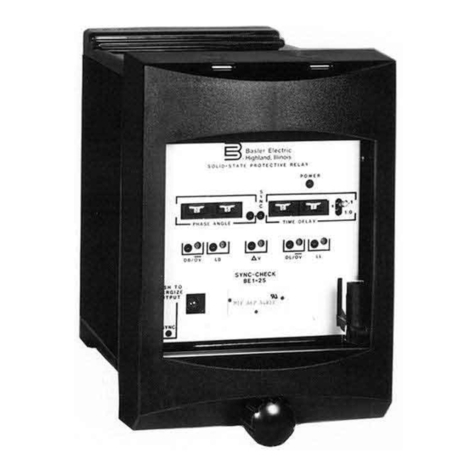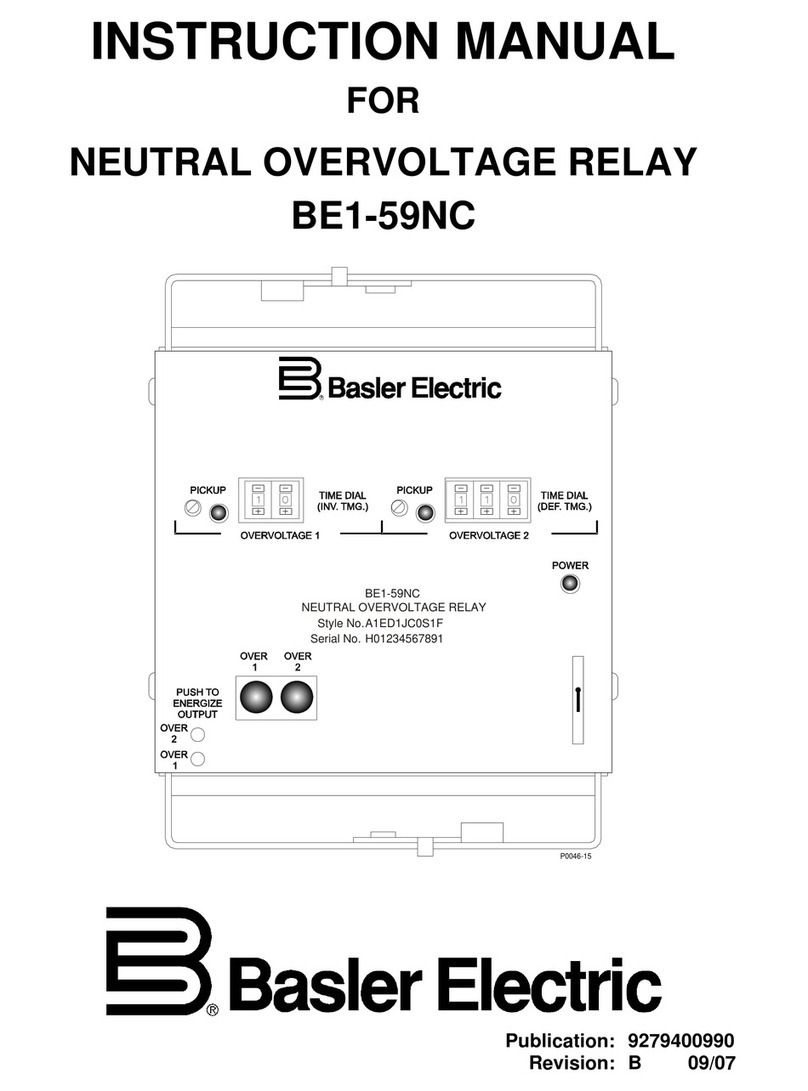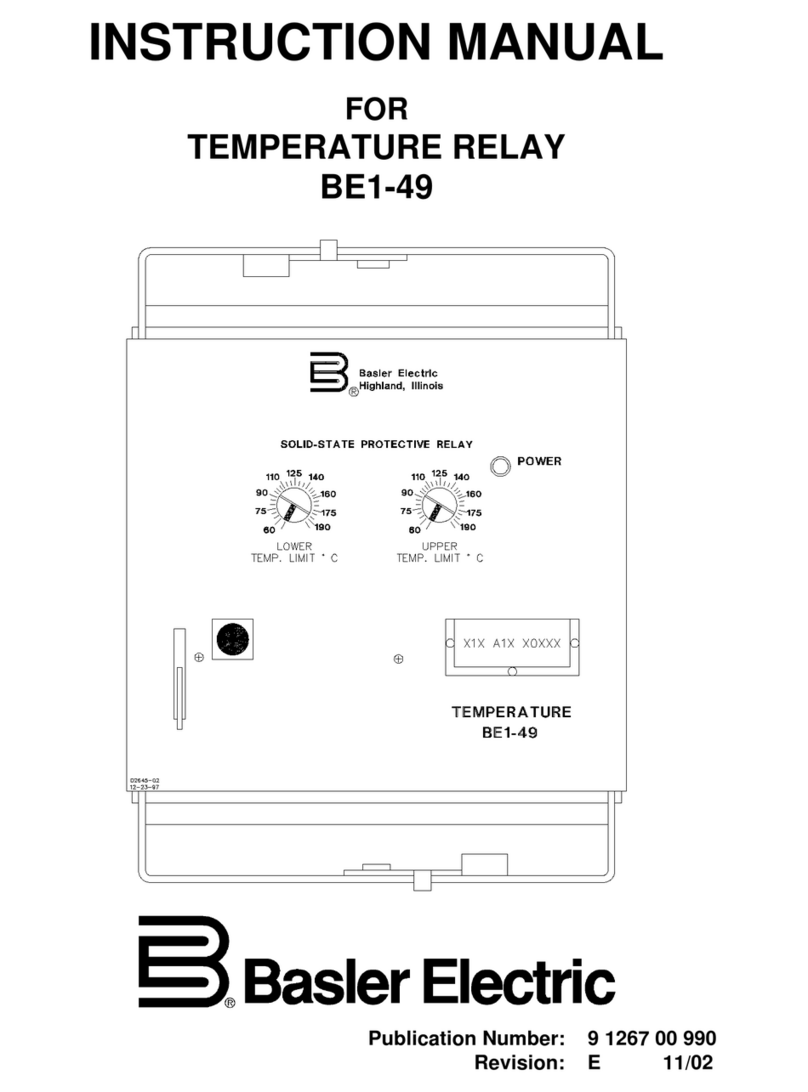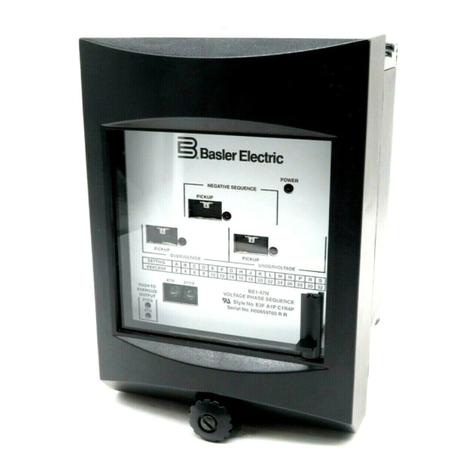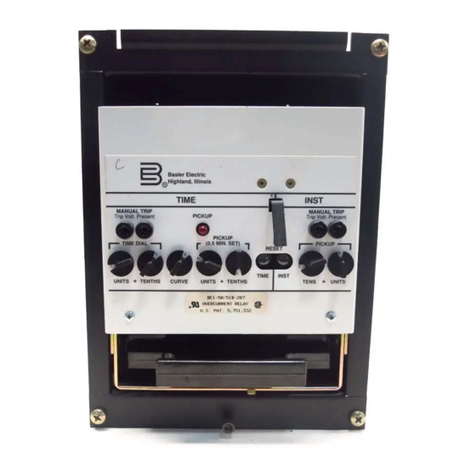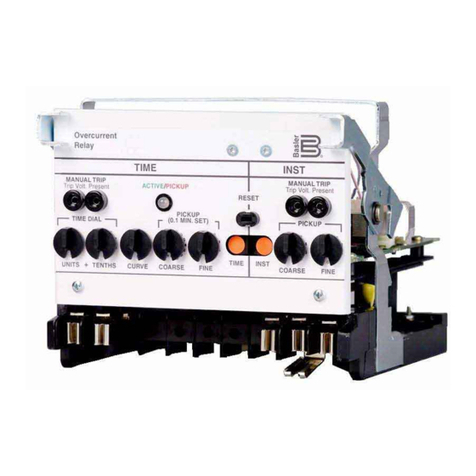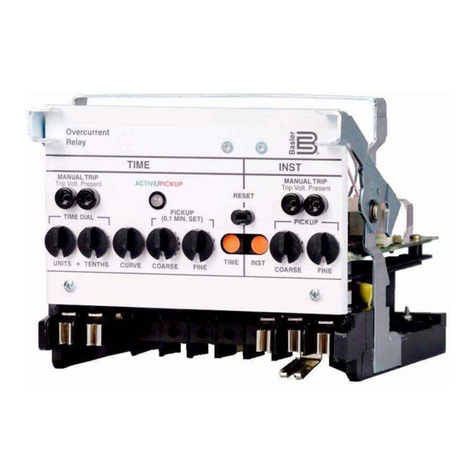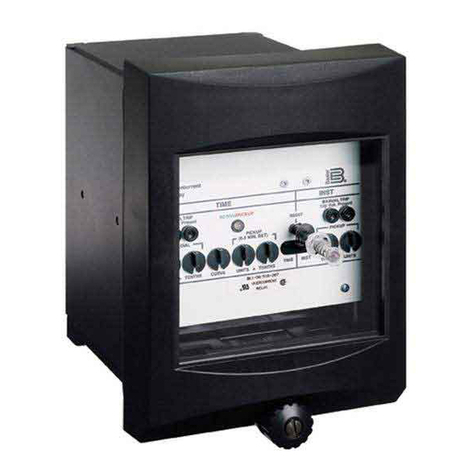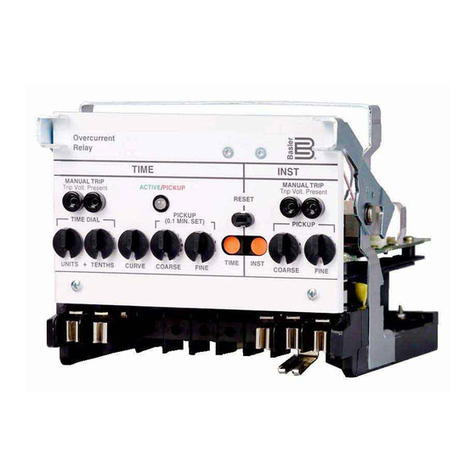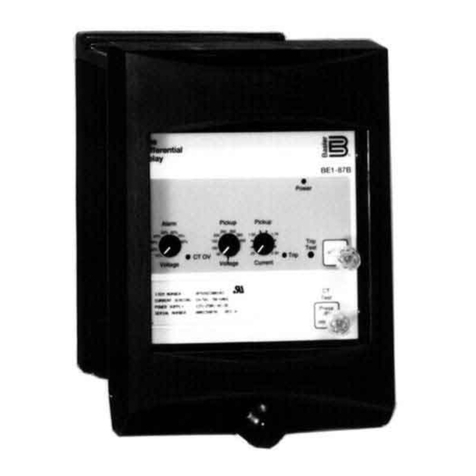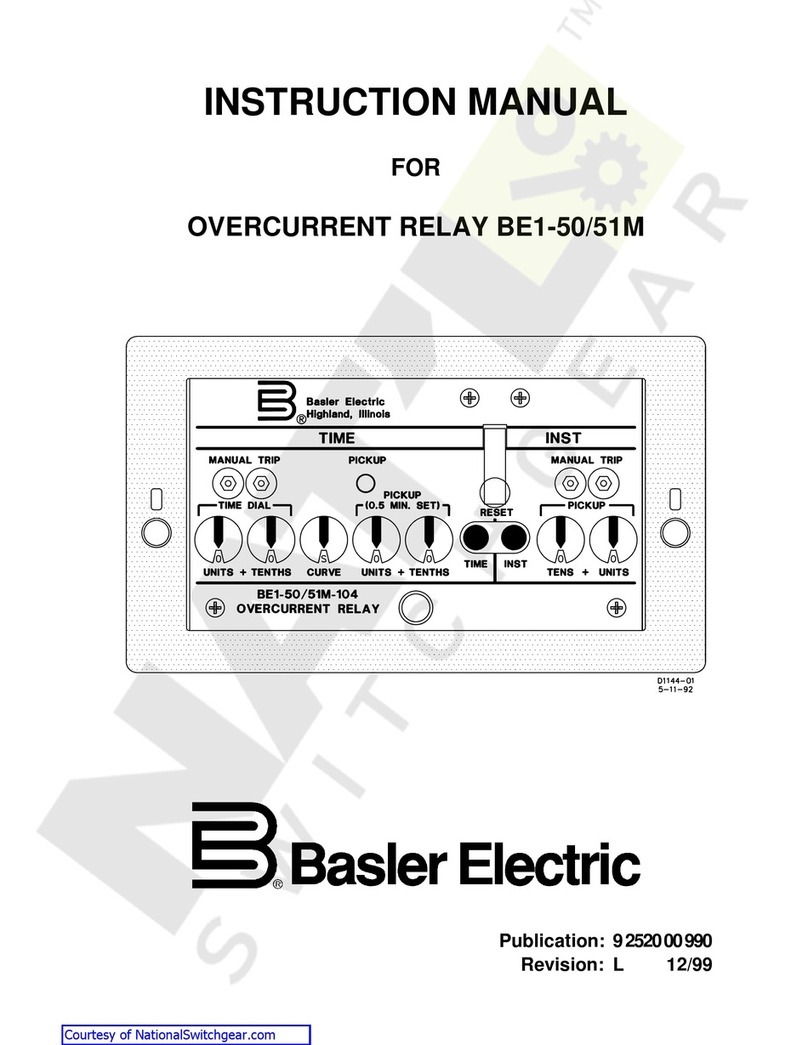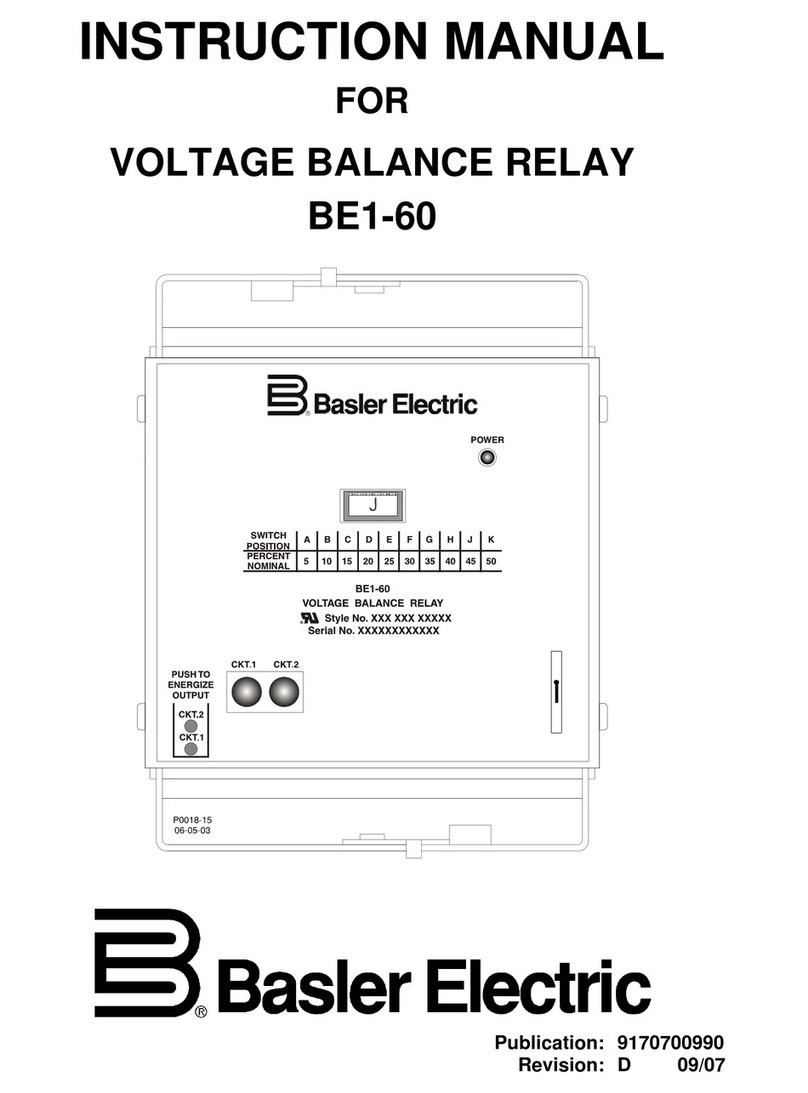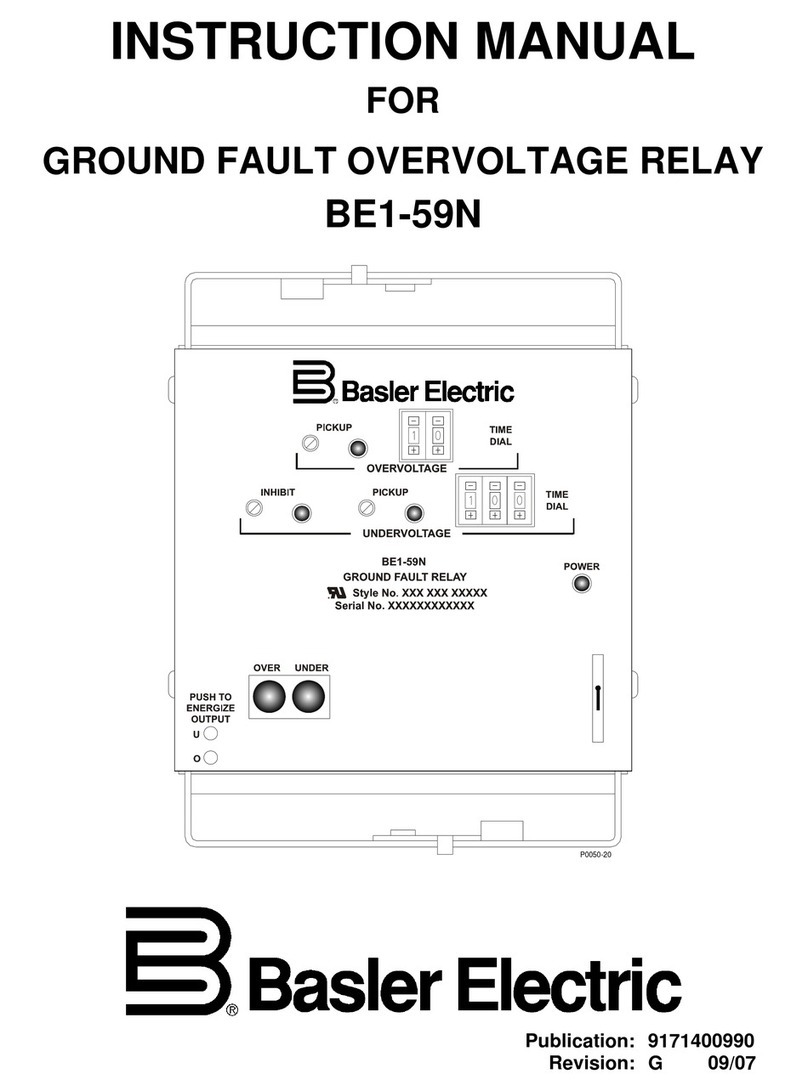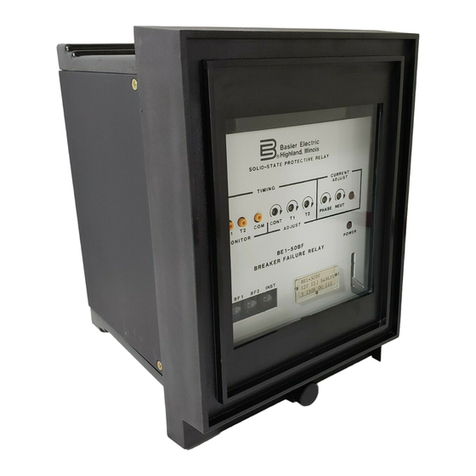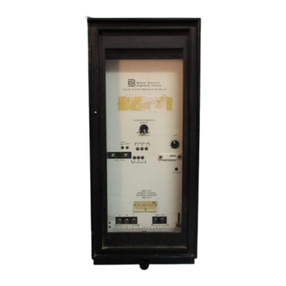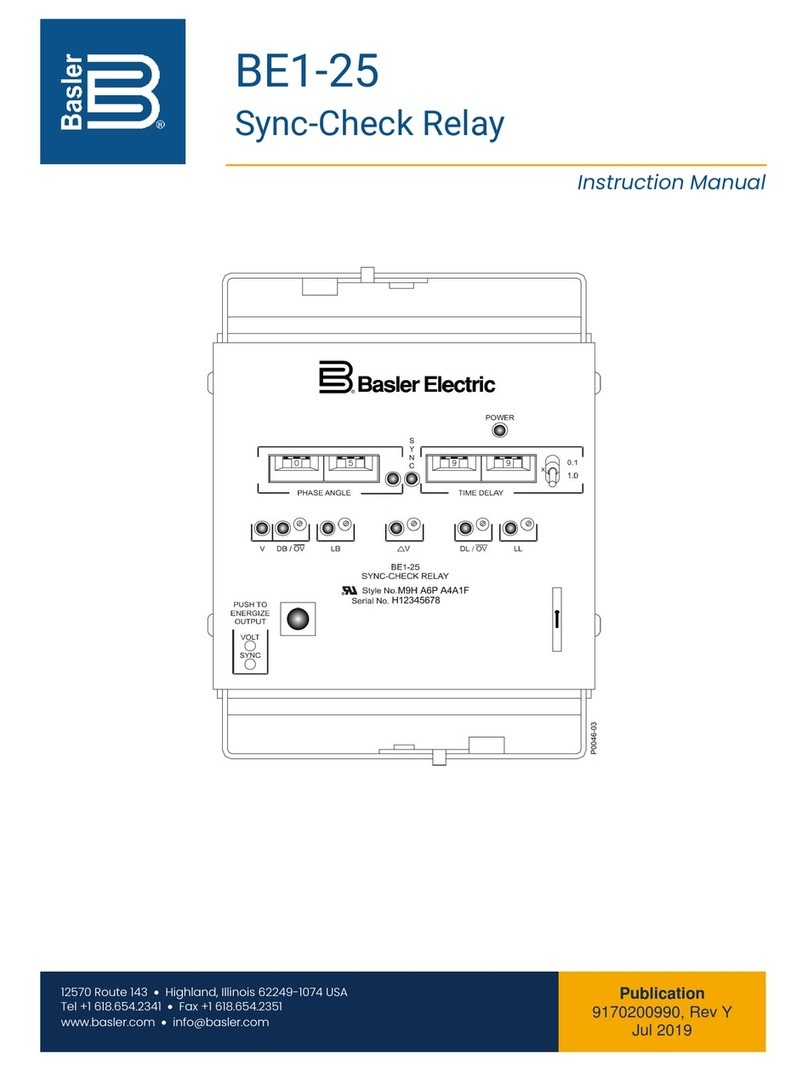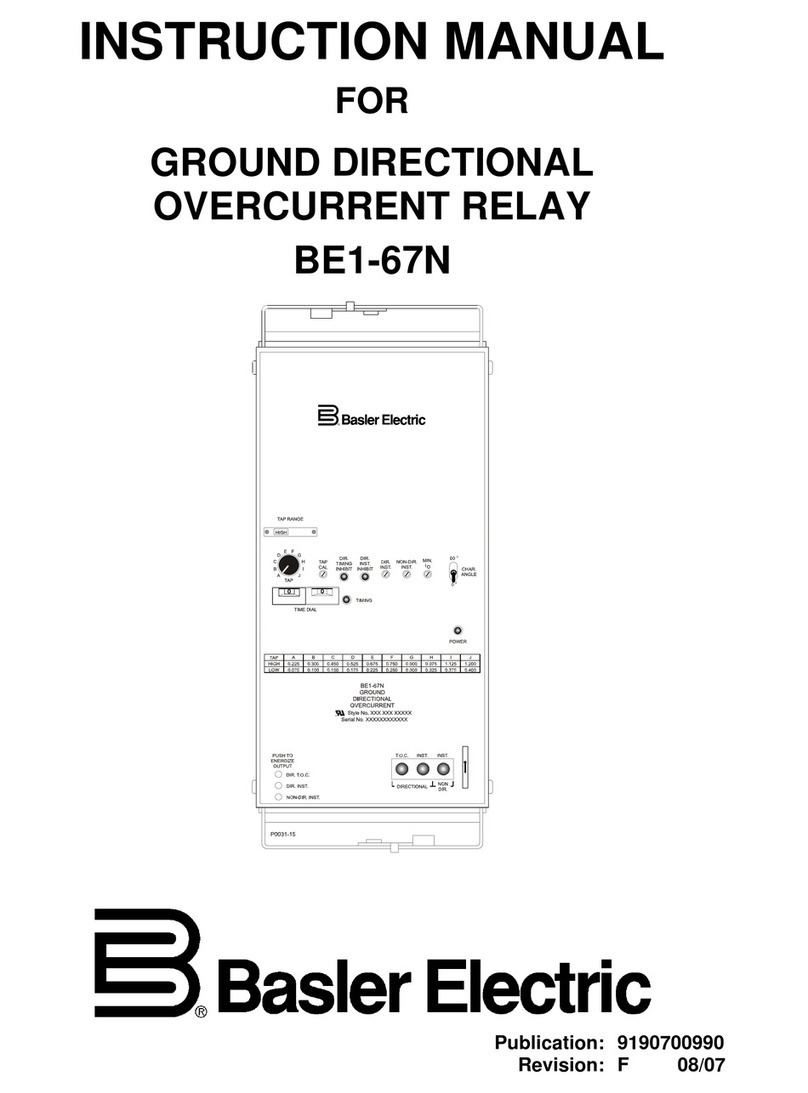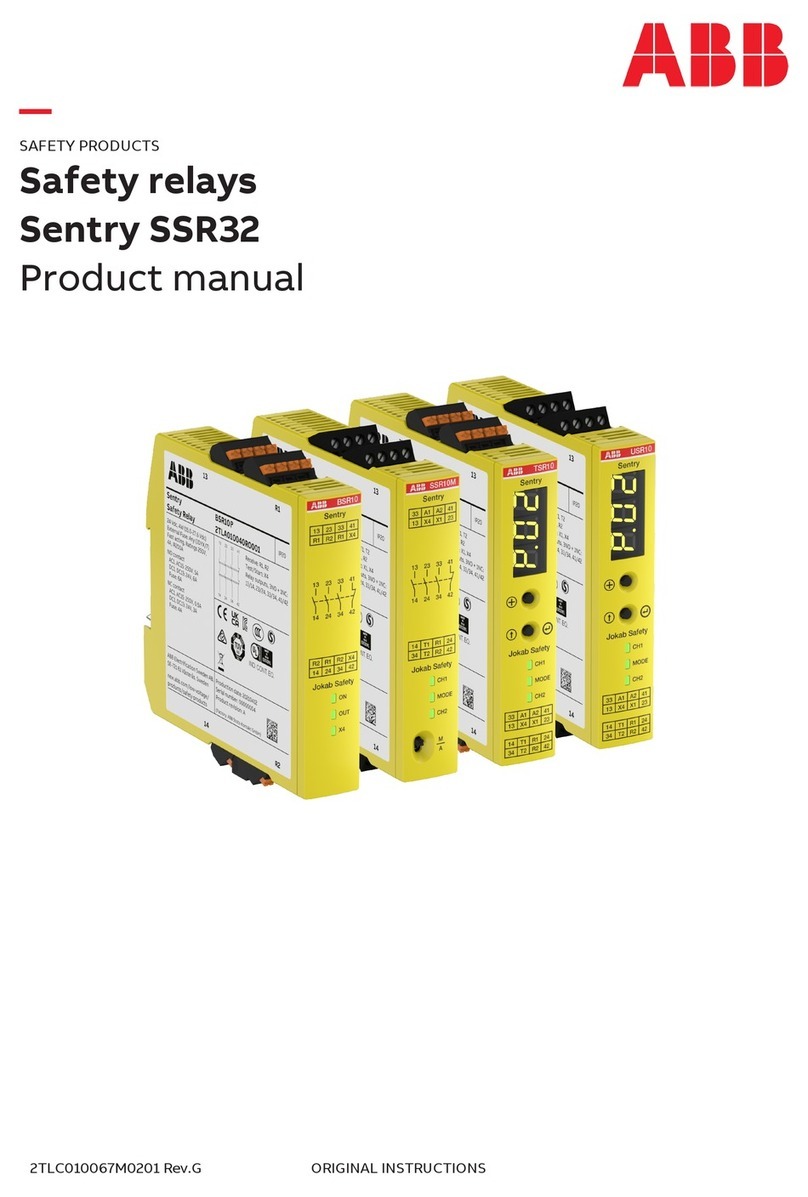
BE1-79M Introduction v
CONTENTS
SECTION 1 INFORMATION.......................................................................................................... 1-1
Purpose.....................................................................................................................1-1
Application ................................................................................................................1-1
Model and Style Number..........................................................................................1-2
Style Number Example......................................................................................1-2
Style Number Change.......................................................................................1-2
Compatibility.......................................................................................................1-2
Style Number Identification Chart......................................................................1-3
Specifications............................................................................................................1-4
SECTION 2 HUMAN-MACHINE INTERFACE............................................................................. 2-1
SECTION 3 FUNCTIONAL DESCRIPTION ................................................................................. 3-1
General .....................................................................................................................3-1
Functional Description..............................................................................................3-1
Contact Sensing.................................................................................................3-1
Contact Interface................................................................................................3-3
Logic Switch.......................................................................................................3-3
Thumbwheels.....................................................................................................3-4
Instantaneous Trip Enable (Optional) ...............................................................3-4
Microprocessor ..................................................................................................3-4
Program Monitor................................................................................................3-4
Power Loss Detector.........................................................................................3-4
Outputs...............................................................................................................3-5
Power Supply.....................................................................................................3-5
Operational Characteristics......................................................................................3-6
Power-up............................................................................................................3-6
Reset.........................................................................................................................3-7
Lockout......................................................................................................................3-7
Reclosing Sequences........................................................................................3-8
Reclose Fail .......................................................................................................3-8
Maximum Cycle .................................................................................................3-8
Block Load Tap Changer...................................................................................3-8
Control Outputs and Special Contact Assignments ...................................... 3-11
Reclosing Event Memory ...................................................................................... 3-11
Purpose........................................................................................................... 3-11
Data Retrieval................................................................................................. 3-12
Data Retention................................................................................................ 3-12
Clearing Stored Data...................................................................................... 3-13
SECTION 4 INSTALLATION.........................................................................................................4-1
General .....................................................................................................................4-1
Relay Operating Precautions...................................................................................4-1
Dielectric Test...........................................................................................................4-1
Mounting...................................................................................................................4-1
Connections..............................................................................................................4-1
SECTION 5 TESTS AND ADJUSTMENTS ................................................................................5-1
General .....................................................................................................................5-1
Required Test Equipment.........................................................................................5-1
Operational Test Procedure.....................................................................................5-1
